1. Overview
Marcus Stone (1840-1921) was a prominent English painter and illustrator, recognized for his contributions to both historical and genre painting, as well as his prolific work in book illustration. Born in London, Stone received his artistic training from his father, Frank Stone, who was also a painter and an Associate of the Royal Academy. He began exhibiting at the Royal Academy before the age of eighteen and later became a full Academician. Throughout his career, Stone developed a distinctive style, evolving from early historical subjects to more sentimental and refined genre scenes. His illustrations for works by renowned authors such as Charles Dickens and Anthony Trollope were particularly successful and widely acclaimed, with many of his paintings also being extensively engraved and exhibited internationally.
2. Life
Marcus Stone's life journey began in London, where he was born into an artistic family, which significantly shaped his early development and career.
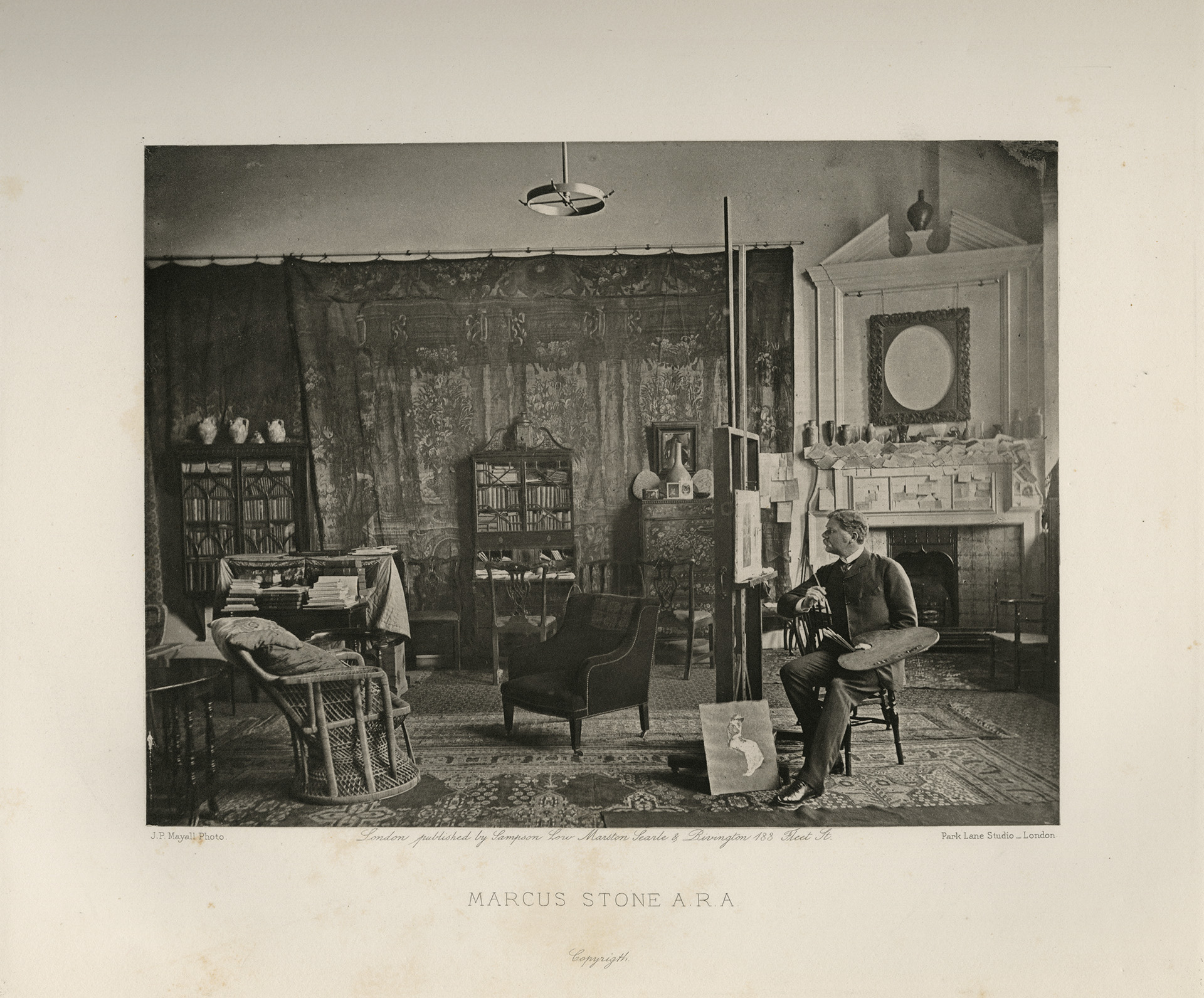
2.1. Childhood and Family Background
Marcus Clayton Stone was born in London on 4 July 1840. He was the son of Frank Stone, an accomplished painter and an Associate of the Royal Academy of Arts. Marcus received his initial artistic training directly from his father, who was also a close friend to many notable literary figures of his time, including Charles Dickens. This familial and social environment provided Marcus with early exposure to both the art world and the literary circles that would later influence his career.
2.2. Education
Stone pursued formal artistic education at the Royal Academy of Arts in London. His training at this prestigious institution, combined with the foundational instruction from his father, equipped him with the skills and knowledge necessary to embark on a successful career as a painter and illustrator.
2.3. Early Career and Illustration Activities
Stone began exhibiting his works at the Royal Academy of Arts before he was eighteen years old, demonstrating an early start to his professional career, which continued with exhibitions until 1920. An early success came in 1864 with a painting depicting Napoleon after his defeat at Waterloo, which helped establish his reputation. A few years later, he ventured into book illustration, achieving considerable success. He notably illustrated books for Charles Dickens, including *Our Mutual Friend*, where he replaced Hablot Knight Browne as the primary illustrator from 1864. His illustrations for the 1901 re-publication of Dickens' *Great Expectations* received high praise. Stone also contributed illustrations for works by Anthony Trollope and other writers who were friends of his family. These illustrations proved highly popular and financially rewarding, contributing significantly to his early career success.
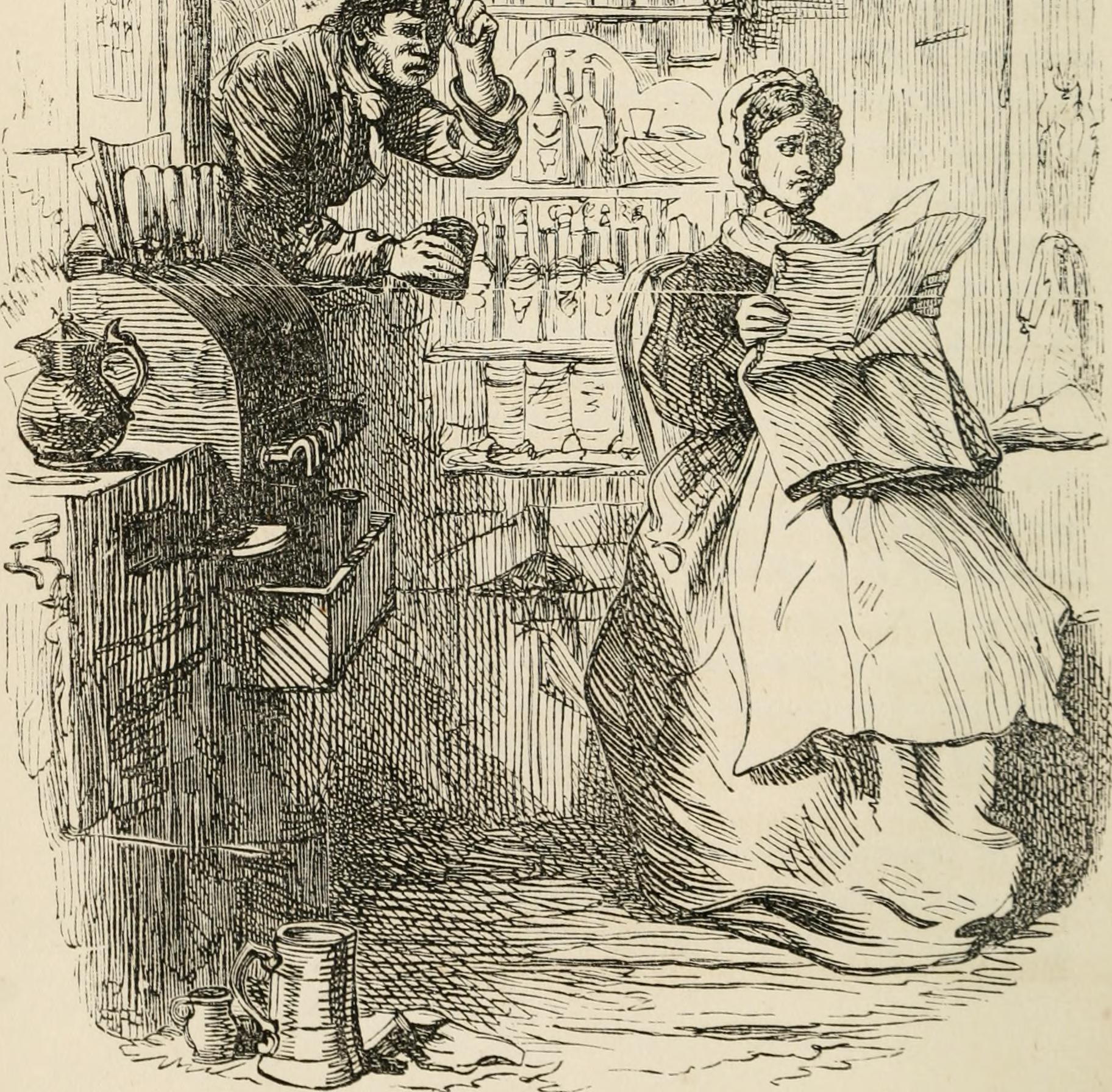
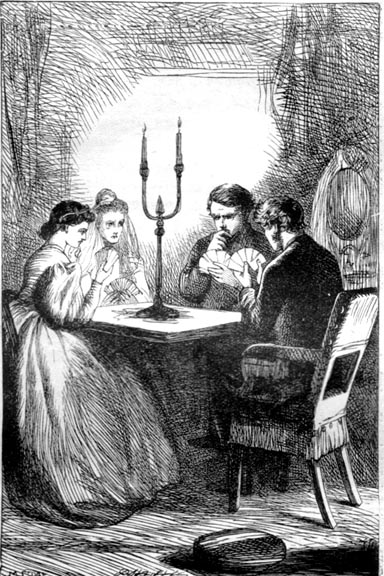
3. Artistic Career and Achievements
Marcus Stone's artistic career was marked by a progression through the Royal Academy, an evolution in his painting style, and the widespread recognition of his works, both as paintings and illustrations.
3.1. Royal Academy Membership
Stone's professional standing in the art world was solidified through his association with the Royal Academy. He was elected an Associate of the Royal Academy in 1877, a significant step in his career. Ten years later, in 1887, he achieved the prestigious status of a full Academician, reflecting his established reputation and contributions to British art.
3.2. Artistic Style and Themes
In his earlier artistic endeavors, Marcus Stone frequently focused on historical incidents, depicting scenes from the past with detailed narratives. However, as his career progressed, his style evolved. His later works predominantly featured a distinct type of "dainty sentiment," characterized by its charm, refinement, and exceptional executive skill. This shift indicated his move towards more intimate and emotionally nuanced subjects, often portraying elegant and romantic themes.
3.3. Major Works and Collections
Many of Marcus Stone's paintings gained widespread popularity through their reproduction as engravings, making his art accessible to a broader public. One of his notable canvases is held in the collection of the Tate in London. His extensive body of work includes significant oil paintings and highly regarded illustrations.

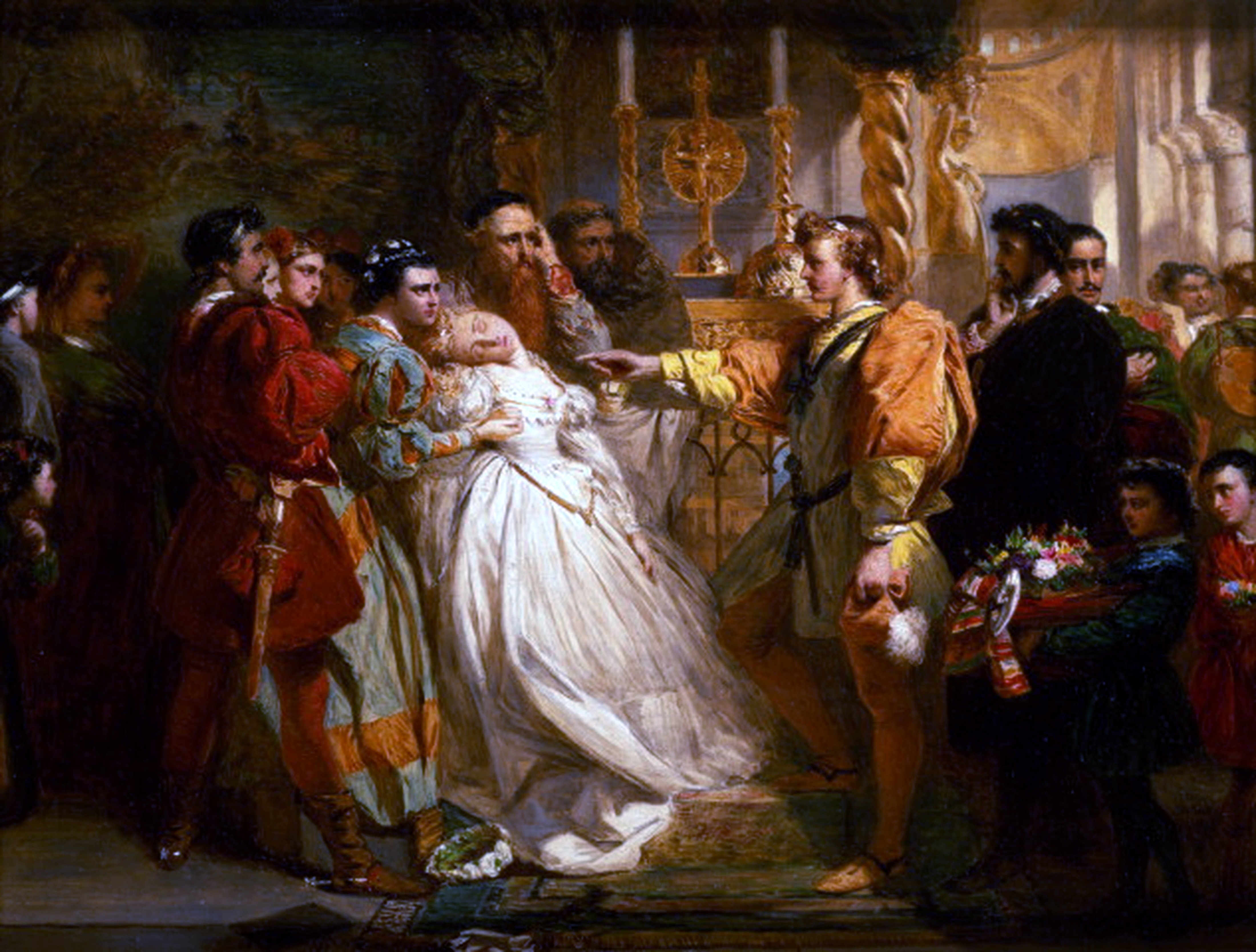
Among his prominent oil paintings are:
- Edward II and Gaveston (1872), depicting the English king and his favorite.
- "Claudio, deceived by Don John, accuses Hero," a scene from Shakespeare's Much Ado About Nothing.
- In Love (1888).
- An Interrupted Duel (1868).
- Married for Love.
- Her First Love Letter.
- Ophelia (1888), inspired by Shakespeare's character.
- Portrait of a Girl (1880).
His illustration work for authors like Charles Dickens and Anthony Trollope also forms a significant part of his oeuvre. Illustrations for Dickens's *Our Mutual Friend* (1864) and *Great Expectations* (1901 re-publication) are particularly well-known.
3.4. Recognition and Awards
Marcus Stone's artistic achievements were recognized internationally. He was awarded medals at various exhibitions held in different parts of the world, underscoring the global appeal and critical appreciation of his paintings and illustrations.
4. Private Life
Marcus Stone's personal life was intertwined with his artistic career, particularly through his marriage and his residence in a notable artistic community in London.
In 1871, Marcus Stone married Laura Mary H Broun in Marylebone, London. Laura was the daughter of William Brown, a merchant from New Zealand. From 1876, Stone resided at 8 Melbury Road in Holland Park, London. This house was specifically designed by the renowned architect Richard Norman Shaw. Notably, his fellow painter and friend, Luke Fildes, also lived on Melbury Road in a house designed by Shaw, indicating a shared artistic community in the area. Stone's former residence at 8 Melbury Road is commemorated with a blue plaque, a historical marker in London that signifies a link between a famous person and a building.
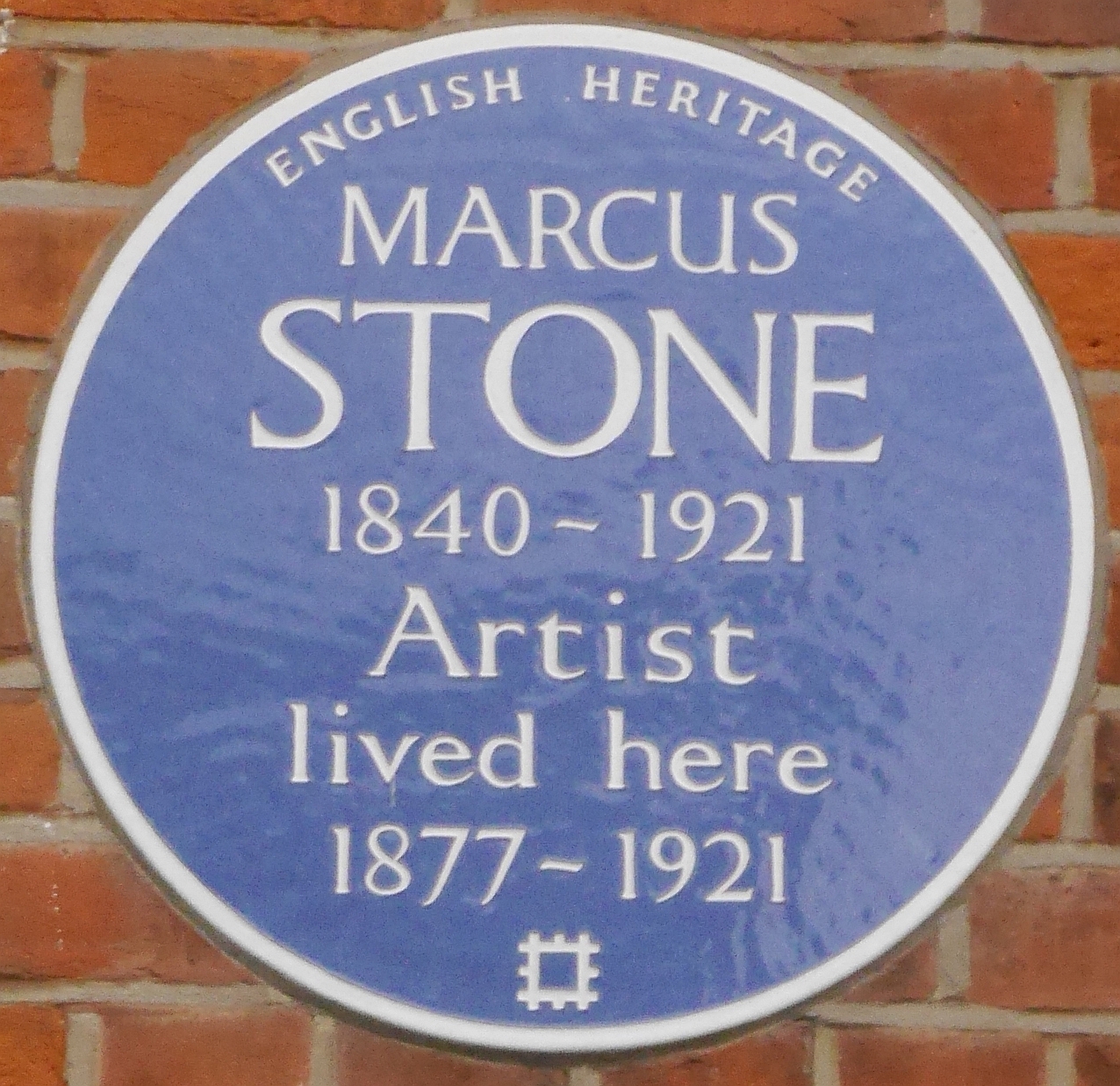
5. Legacy and Evaluation
Marcus Stone's artistic legacy is marked by his significant contributions to Victorian painting and illustration, and his work continues to be evaluated for its aesthetic qualities and historical context.
5.1. Evaluation and Influence
Marcus Stone's paintings and illustrations garnered considerable critical reception throughout his career. His illustrations for literary works, particularly those for Charles Dickens, were highly popular and praised, with the re-publication of *Great Expectations* in 1901 featuring his illustrations receiving particular acclaim. The widespread engraving of his paintings further amplified his influence, making his compositions familiar to a broad audience and contributing to their lasting popularity. While his earlier historical works were notable, his later focus on sentimental and refined themes showcased his versatility and skill. His overall contribution to the art world is recognized through his sustained career, his membership in the Royal Academy, and the enduring presence of his works in collections like the Tate.